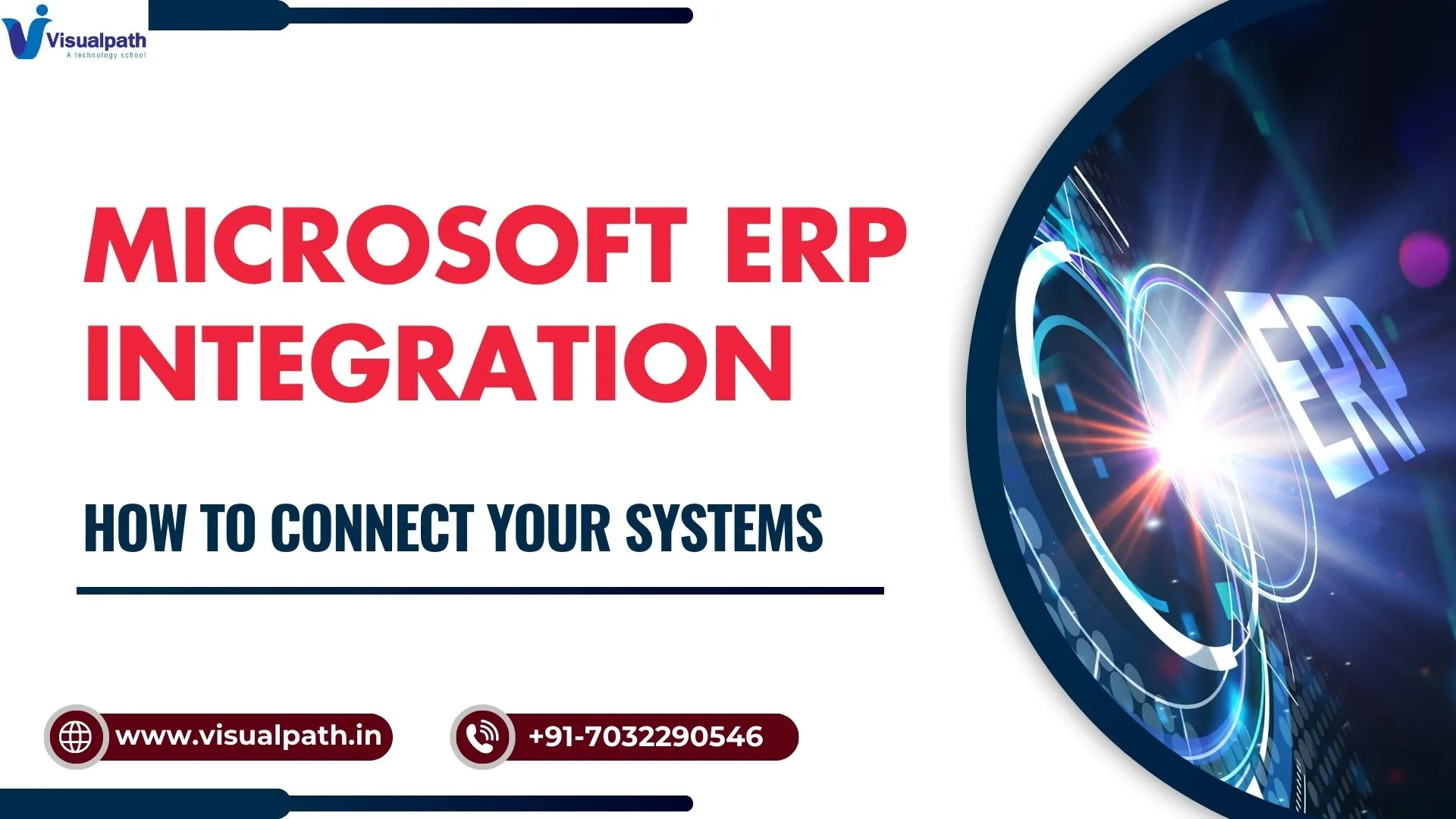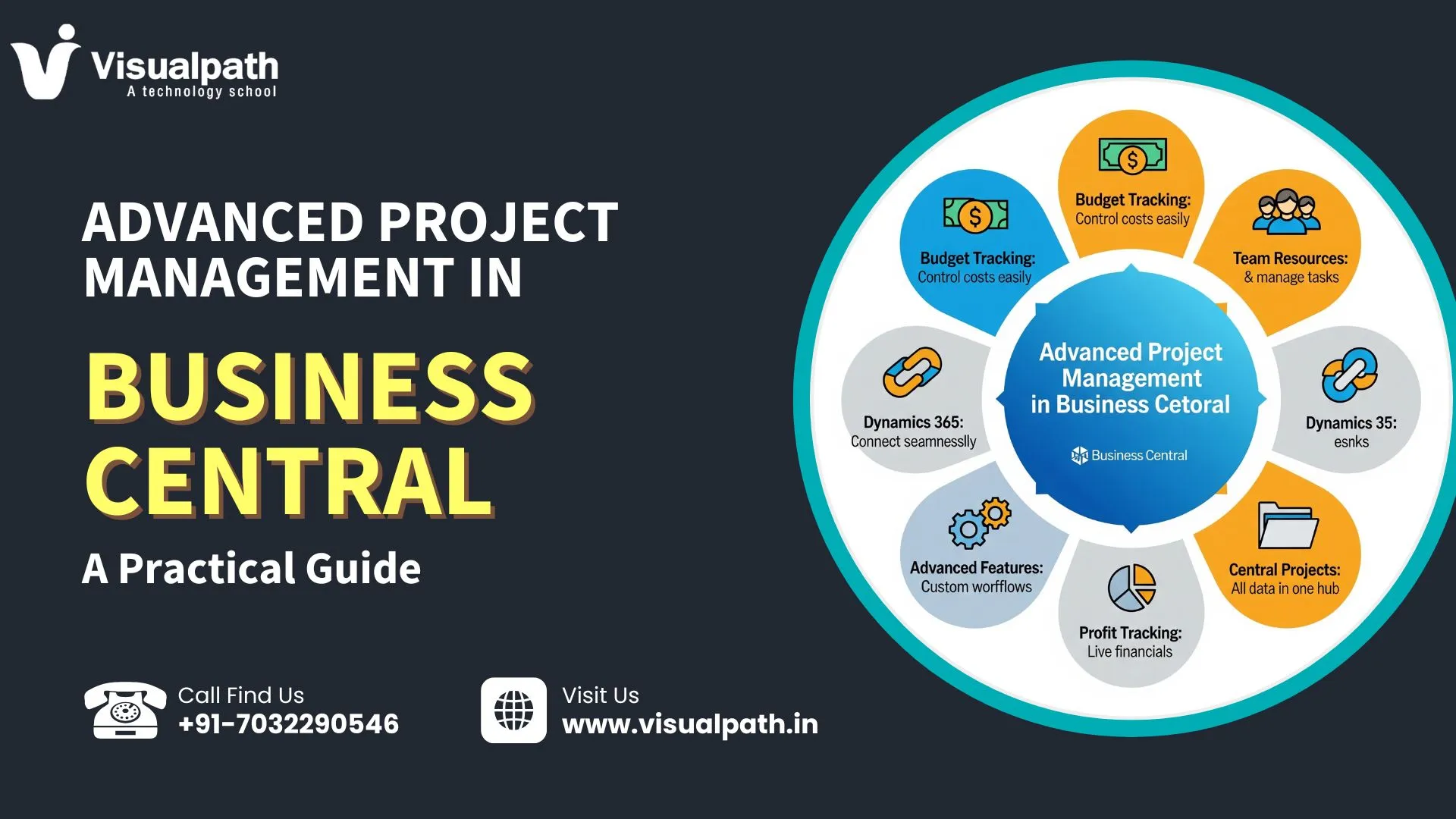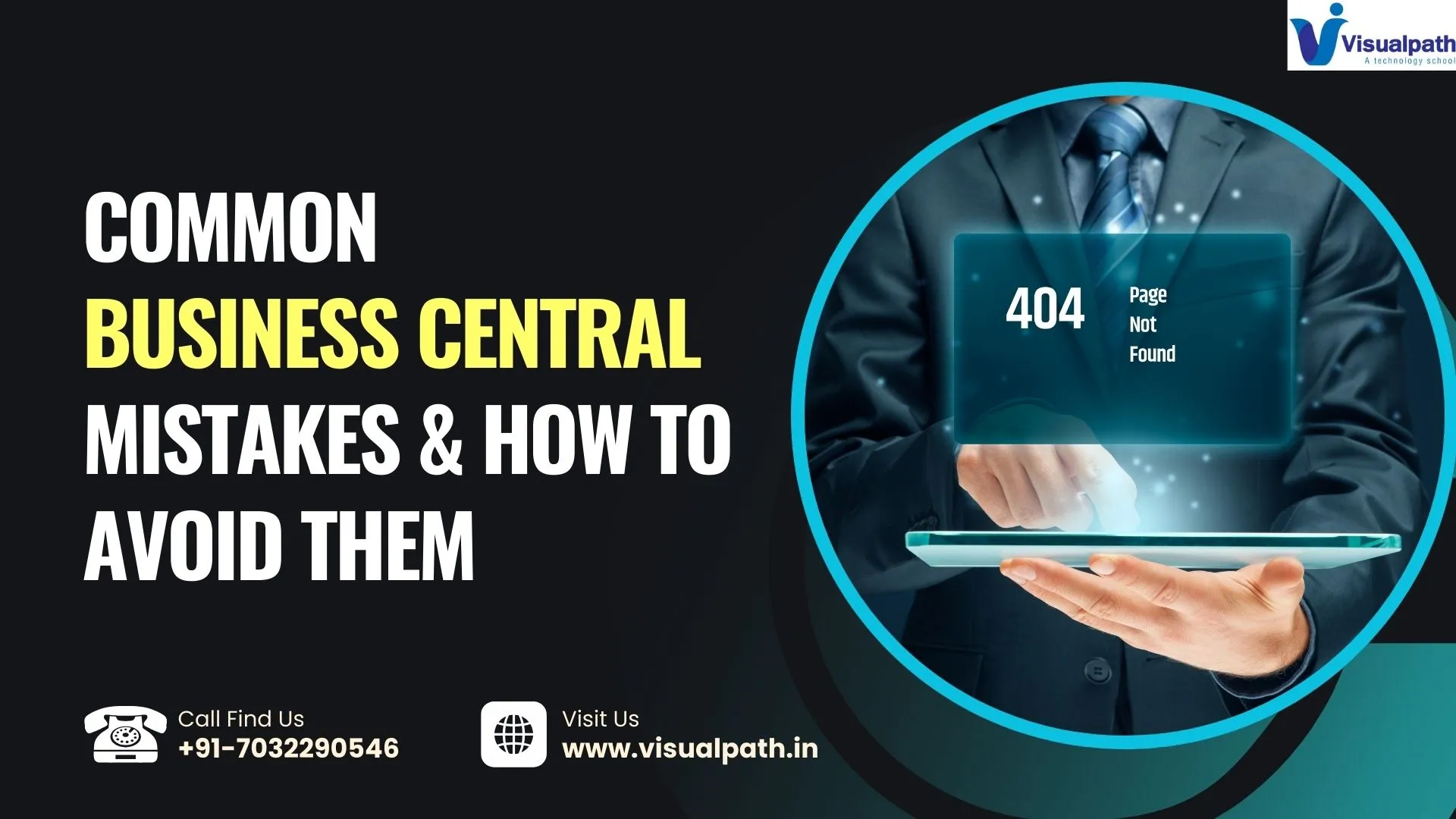In today’s interconnected business world, Enterprise Resource Planning (ERP) systems are vital for managing core operations like finance, inventory, and human resources. Microsoft offers powerful ERP solutions, such as Dynamics 365, designed to streamline these processes. However, the true potential of these systems emerges when they are integrated with other business tools, such as CRM platforms, e-commerce systems, or third-party software. Microsoft ERP integration ensures that data flows seamlessly across your organization, eliminating silos and boosting productivity. This article provides a practical guide to connecting your systems, exploring the benefits, methods, and actionable steps to achieve successful integration.
Benefits of Integrating Microsoft ERP Systems
Integrating your Microsoft ERP with other systems offers numerous advantages that can transform your business operations. First, it enhances data accuracy by synchronizing information in real-time, reducing errors from manual data entry. For example, integrating Dynamics 365 with a CRM system ensures that sales and inventory data align automatically, preventing stockouts. Second, it improves efficiency by automating repetitive tasks, allowing employees to focus on higher-value work. Additionally, integrated systems provide a unified view of data, enabling better decision-making. Finally, system integration offers scalability, helping businesses adapt to growth and evolving needs without overhauling their infrastructure.
Methods for Integrating Microsoft ERP
There are several approaches to achieve ERP integration with Microsoft systems, depending on your organization’s needs. One popular method is API integration, where Application Programming Interfaces (APIs) act as bridges between software applications. Microsoft provides robust APIs for Dynamics 365, making it easy to connect with tools like Power BI or external platforms. Another option is using middleware, third-party software that facilitates data exchange between systems. Solutions like Microsoft Azure Logic Apps can simplify this process. For businesses with unique requirements, custom development offers tailored integrations, though it may require more time and expertise. Each method has its strengths, so choosing the right one depends on your goals and technical capabilities.
Steps to Connect Your Systems
Successfully connecting your Microsoft ERP systems involves a clear, structured process. Here’s how to get started:
- Assess Your Needs: Identify which systems need integration and what data must be shared. For instance, do you want your ERP to sync with a payroll system or an e-commerce platform?
- Choose the Integration Method: Select an approach—such as API integration or middleware—based on your technical resources and complexity of the project.
- Plan the Integration: Define the scope, timeline, and budget. Involve key stakeholders to ensure all requirements are addressed.
- Implement the Integration: Execute the plan, testing each connection thoroughly to confirm data flows correctly. For Dynamics 365, Microsoft’s documentation and support can guide this phase.
- Monitor and Maintain: After deployment, regularly check for issues and update the integration as your systems evolve.
This step-by-step approach ensures a smooth system integration process with minimal disruption.
Best Practices for Successful Integration
To maximize the success of your Microsoft ERP integration, follow these best practices. Start small by integrating a few critical systems first, allowing you to refine the process before scaling up. Ensure data quality by cleaning and standardizing information before integration—garbage in, garbage out applies here. Involve stakeholders from all relevant departments to align the integration with business goals. Finally, prioritize security by using encryption and secure protocols to protect data during transfer. These tips help create a robust, efficient integration that supports business process automation and long-term success. Dynamics 365 Business Central Training
Common Challenges and How to Overcome Them
While ERP integration offers significant benefits, challenges can arise. Data silos—where departments hoard information—can hinder progress. Overcome this by fostering a culture of collaboration and shared goals. Compatibility issues between systems may also emerge, especially with legacy software. Using standardized formats or middleware can bridge these gaps. Resource constraints, such as limited time or budget, are another hurdle. Address this by prioritizing key integrations and securing executive buy-in for funding. By anticipating these obstacles, you can mitigate risks and ensure a smoother integration process.
Conclusion
Microsoft ERP integration is a game-changer for businesses seeking to optimize their operations. By connecting systems like Dynamics 365 with other applications, organizations can achieve greater efficiency, data accuracy, and scalability. Whether you opt for API integration, middleware, or custom solutions, following a structured approach and best practices ensures success. While challenges like data silos or compatibility issues may arise, they can be overcome with planning and collaboration. Take the first step today—assess your integration needs and unlock the full potential of your Microsoft ERP systems. Seamless system integration isn’t just a technical upgrade; it’s a strategic advantage in a competitive world.
Trending Courses: PowerApps and Power Automation, Generative AI, Prompt Engineering
Visit: https://www.visualpath.in/microsoft-dynamics-365-business-central-training.html




